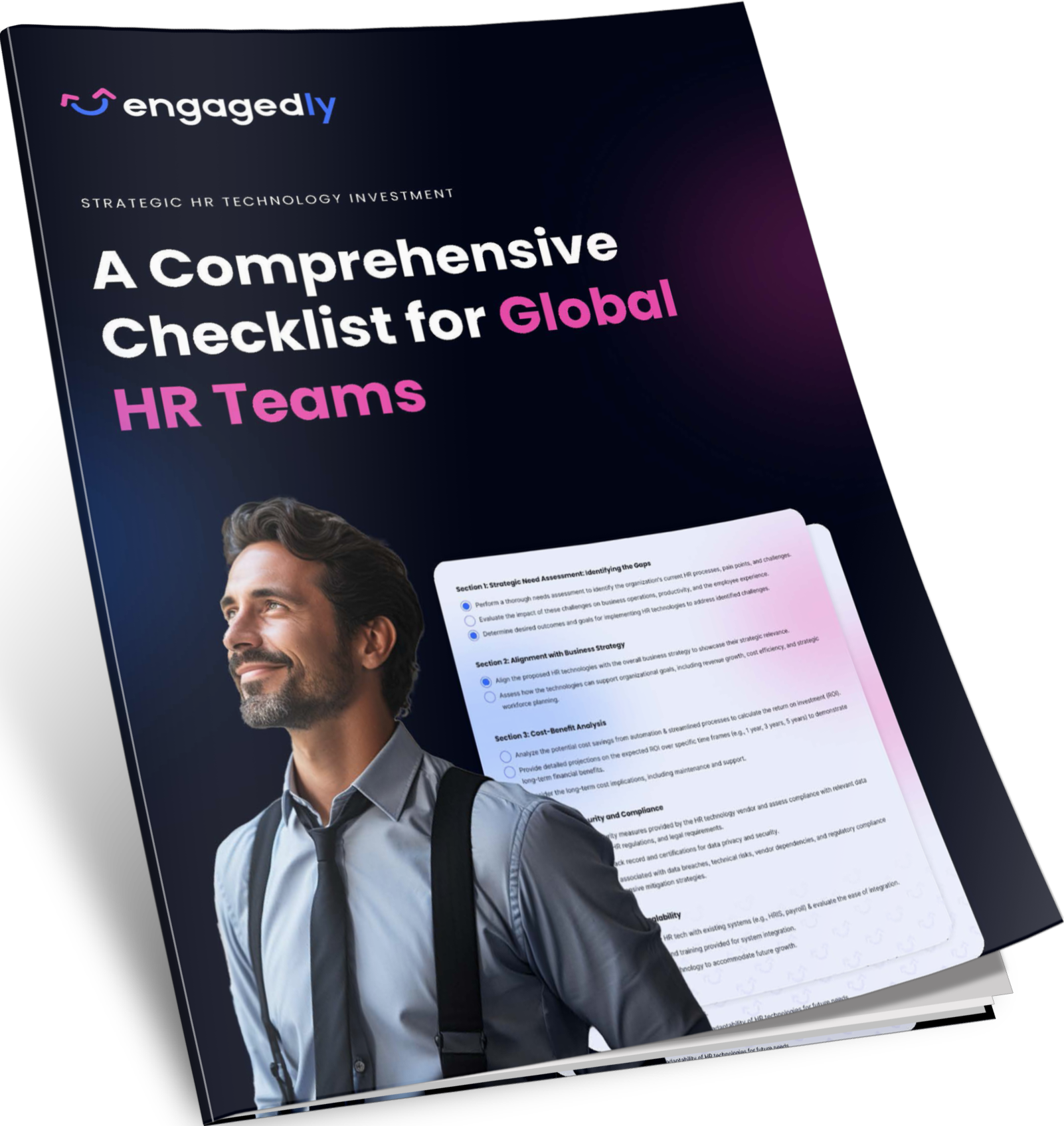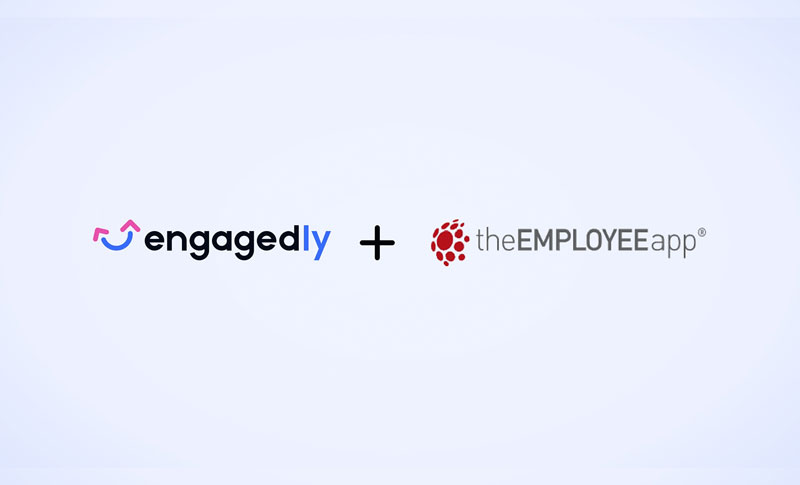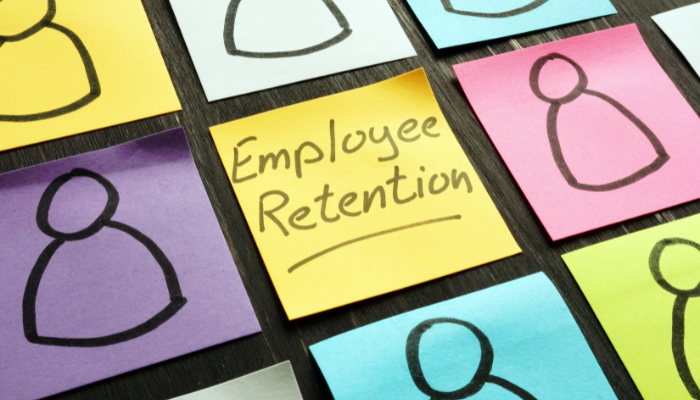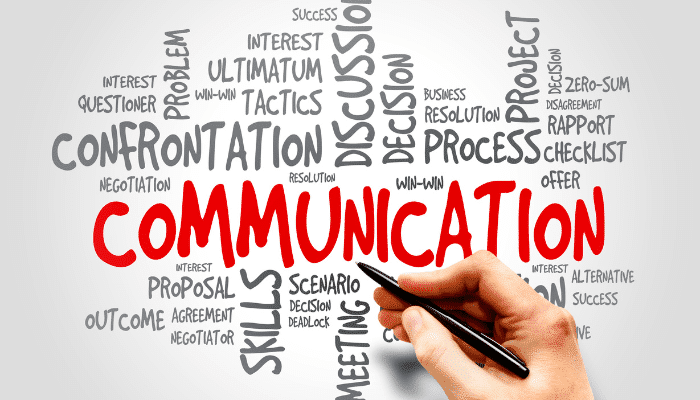Healthcare is one of the most demanding industries to work in. Unfortunately, burnout among healthcare professionals has become increasingly common in recent years. How can we prevent this and keep employees energized and motivated?
According to Medscape National Physician Burnout, the reported burnout rate is around 43%, which is considerably high.
Burnout affects a wide range of healthcare employees. All nurses, physicians, and support staff have felt some emotional exhaustion due to their increased workloads. It often leads to decreased job satisfaction and an inability to complete tasks proficiently, ultimately hampering the overall functionality of the workplace.
We need effective strategies that address the underlying causes of burnout among healthcare professionals. In this article, we will be discussing several ways in which organizations can help fight employee burnout in healthcare by promoting a better working environment through better decision-making processes, encouraging team-building initiatives, giving employees control over their schedules, and creating policies that promote work-life balance for their employees.
What is Employee Burnout?
Employee burnout is a state of physical, mental, and emotional exhaustion caused by prolonged stress. It can be triggered by various factors, including long working hours, high workloads, lack of control over one’s work environment, and inadequate support from colleagues or supervisors. Burnout can lead to decreased job satisfaction and productivity and increased absenteeism and turnover rates.
Also read: How Engagedly Can Drive Your Performance Management Process Forward
The Present Condition of Healthcare Professionals
Burnout among healthcare workers is a growing concern, with approximately one in three physicians experiencing burnout at any given time. It can have a significant impact on the quality of care they provide as well as their well-being.
According to statistics, 15.6% of nurses were burned out, which is at an all-time high of 95% in just three years post-COVID. In 2021, around 30% of nurses quit their jobs.
Feelings of exhaustion, depersonalization, and a reduced sense of accomplishment characterize burnout. Various factors, such as long hours, a lack of support from colleagues or supervisors, and an overwhelming workload, can cause it.
The diagnosis and treatment of burnout in healthcare workers require an understanding of its cause and symptoms. Diagnosis typically involves assessing signs and symptoms such as fatigue, irritability, difficulty concentrating, and decreased motivation.
Treatment strategies may include lifestyle changes such as increased exercise or relaxation techniques; cognitive-behavioural therapy; stress management training; or organizational interventions such as improved communication between staff members or better work-life balance policies.
Prevention strategies should focus on creating supportive environments that promote resilience and reduce stressors associated with the job. Ultimately, it is essential to remember that even the most muscular arms grow weary without proper rest and support.
Why are a Large Number of Healthcare Employees Suffering From Burnout?

Additionally, many healthcare organizations need more adequate support systems for their staff members, which can further contribute to burnout. Furthermore, healthcare workers often feel their work is undervalued and needs to be adequately compensated for their efforts.
Also read: Benefits of Implementing an Employee Career Development Program
How do you Fight Employee burnout in Healthcare?
Here are some of the great ways to fight employee burnout in the healthcare industry:
- Promote a healthier working environment: Organizations should strive to create an environment where employees feel supported and valued. It can be done by providing adequate resources, offering flexible scheduling options, and encouraging open communication between staff members.
- Encourage team building initiatives: Team- building activities can help foster a sense of camaraderie and collaboration amongst healthcare professionals. These activities can range from simple icebreakers to more complex problem-solving exercises.
- Give employees control over their schedules: According to studies, aAllowing employees to have some control over their work schedules can help reduce stress levels and prevent burnout. Organizations should consider implementing flexible scheduling options that allow employees to take breaks when needed and adjust their hours as needed.
- Create policies that promote work / life balance: Healthcare organizations should strive to create policies that promote a healthy work/life balance for their staff members. It can include offering paid time off, providing childcare services, and encouraging employees to take regular daily breaks.
- Provide adequate resources: Organizations should ensure that their staff members can access the resources they need to do their jobs effectively. This can include providing suitable training, offering support services, and ensuring employees have the necessary tools and equipment to do their jobs.
- Provide recognition and rewards: Organizations should recognize the hard work of their staff members and reward them for their efforts. It can include offering bonuses, providing additional vacation time, or identifying employees publicly for their achievements.
- Encourage self-care: Healthcare organizations should encourage their staff members to practice self-care to prevent burnout. It can include taking regular breaks throughout the day, engaging in physical activity, and getting enough sleep. Additionally, organizations should provide access to mental health services for employees who may be struggling with burnout.
- Implement stress-reduction techniques: Organizations should provide employees access to processes such as mindfulness, yoga, and meditation. These activities can help employees manage their stress levels and reduce the risk of burnout.
- Promote open communication: Organizations should create an environment where employees feel comfortable communicating their concerns and needs. It can include providing feedback mechanisms, offering mentorship programs, and encouraging employees to speak up when feeling overwhelmed.
- Encourage team-building: Healthcare organizations should promote team-building activities to help employees build relationships and foster a sense of camaraderie. It can include organizing social events, offering team-building exercises, and encouraging collaboration between departments.
- Monitor workloads: Organizations should monitor the workloads of their staff members to ensure that they are not taking on too much work. Organizations should provide additional resources or reassign tasks to other staff members if an employee feels overwhelmed.
By implementing these strategies, healthcare organizations can help reduce employee burnout and create a healthier working environment for their staff members. By addressing the underlying causes of burnout, organizations can ensure that their employees can perform at their best and remain motivated in the long term.
Also read: Start, Stop, Keep-Doing: 3 Words That Will Transform How Your Managers Deliver Feedback
What are the Major Symptoms of Burnout in the Healthcare Industry?
The significant symptoms of burnout in the healthcare industry include exhaustion, frustration, and a lack of motivation. Other signs may be an increased sense of cynicism or detachment from work, difficulty concentrating, and decreased job satisfaction. Employees may also experience physical symptoms such as headaches, fatigue, and insomnia. If left unchecked, burnout can lead to more serious mental health issues, such as depression and anxiety.
Impact of Healthcare Employee Burnout
Healthcare employeeburnout is a growing crisis that affects us all. It is a state of physical, emotional, and mental exhaustion caused by excessive and prolonged stress. Healthcare workers are at the forefront of providing care to those in need, and when they become overwhelmed with anxiety, it can have severe consequences for everyone.
We must address this issue now before it becomes an even bigger problem. We must take steps to reduce stress levels among health workers by providing better support systems and resources so that they can continue providing quality care without burning out.
Burnout can significantly impact the quality of care that healthcare workers provide. When health workers are burned out, they may be less likely to follow protocols and procedures, leading to errors in diagnosis and treatment. Additionally, burnout can lead to decreased job satisfaction and higher turnover rates, which can further strain an already overburdened healthcare system.
Organizations must take proactive steps to reduce stress levels and create a healthier working environment to combat burnout in the healthcare industry.
Conclusion
Burnout in the healthcare industry is a growing crisis that affects us all. Organizations must take proactive steps to reduce stress levels and create a healthier working environment for their employees.
By providing adequate resources, monitoring workloads, and creating support systems such as counseling and stress management programs, organizations can help prevent burnout and ensure that their employees can provide quality care without burning out.
Frequently Asked Questions
Q1: What are the long-term effects of burnout?
A: The long-term effects of burnout can include physical and mental health issues such as depression, anxiety, and insomnia. Additionally, burnout can lead to decreased job satisfaction and higher turnover rates.
Q2: What are some strategies to prevent burnout?
A: Some strategies to prevent burnout include providing adequate resources, monitoring workloads, and creating a healthier work environment. Additionally, organizations should provide support systems such as counseling and stress management programs to help employees cope with the demands of their jobs. Organizations should also encourage employees to take breaks and practice self-care to reduce stress.
Q3: How can hospitals support employees who are experiencing burnout?
A: Hospitals can support employees who are experiencing burnout by providing resources such as counseling and stress management programs. Hospitals should also create an open communication culture where employees feel comfortable discussing their feelings and concerns. Finally, hospitals should encourage employees to take daily breaks to reduce stress levels.
Subscribe To The Engagedly Newsletter







 Understanding and enhancing an organization’s employee retention rate holds paramount importance for several compelling reasons:
Understanding and enhancing an organization’s employee retention rate holds paramount importance for several compelling reasons:
 Lack of communication is a serious problem facing teamwork. Research says that workplace success can be negatively impacted by poor communication. In
Lack of communication is a serious problem facing teamwork. Research says that workplace success can be negatively impacted by poor communication. In  As remote and hybrid work arrangements have grown popular,
As remote and hybrid work arrangements have grown popular, 


 Crisis management training is important because professionals’ ability to effectively handle business-related crises can have a significant impact on long-term organizational success. The overall goal of this training is for an organization to provide tools, knowledge, and practical skills to employees who are not experts in crisis management so that they can effectively manage crises if they occur. There are various approaches to crisis management training, which vary depending on organizational needs,
Crisis management training is important because professionals’ ability to effectively handle business-related crises can have a significant impact on long-term organizational success. The overall goal of this training is for an organization to provide tools, knowledge, and practical skills to employees who are not experts in crisis management so that they can effectively manage crises if they occur. There are various approaches to crisis management training, which vary depending on organizational needs,  A leader is expected to play various roles depending on the stage of a crisis. For example, in the early stages of a crisis, when its nature is ambiguous, you will be expected to be a problem solver and propose various solutions. Later on, when the facts and figures become clearer, you will be expected to shift gears and make difficult decisions.
A leader is expected to play various roles depending on the stage of a crisis. For example, in the early stages of a crisis, when its nature is ambiguous, you will be expected to be a problem solver and propose various solutions. Later on, when the facts and figures become clearer, you will be expected to shift gears and make difficult decisions.

